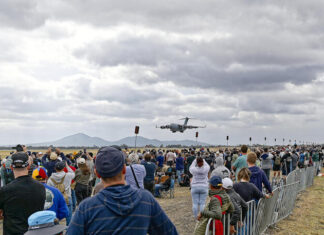KIM WATERS
Ambulance Victoria is sending Melbourne crews untrained in rural procedures and equipment to Geelong daily amid a staff shortage, according to a union spokesperson.
Ambulance Employees Australia secretary Steve McGhie said the Melbourne crews’ inadequate training had created “various problems” in the past month.
Mr McGhie blamed Ambulance Victoria for failing to induct the Melbourne paramedics in Geelong procedures before sending them out to cope with the city’s “increasing” workload.
“These crews may not know the location of the hospital and the geographics of the surrounding districts, so it takes them longer to get to places,” he said.
“There are also different radio procedures in Geelong and the layouts of the ambulances are different as well. It’s putting the people of Geelong and the paramedics at risk.”
Mr McGhie slammed Ambulance Victoria for deploying “only 14” of this year’s 129 new paramedics to Geelong, “one of the busiest areas in the state”.
“Geelong desperately needs additional paramedics and, while 14 will assist, it’s still not enough,” he said.
“Rural Victoria is so under-resourced that the 129 paramedics would have to be spread out everywhere.
“This is just the tip of the iceberg. There needs to be so many more trained paramedics deployed to rural Victoria and Geelong in particular.”
Statistics suggested Geelong would have 40,000 emergency incidents this year, Mr McGhie said.
“Emergency caseloads will grow by about five or six per cent and we need additional ambulance crews and paramedics to respond to that.”
An Ambulance Victoria spokesperson said the organisation “recognised” that regional Victoria needed more paramedics.
“Which is why we are hiring 234 paramedics this year alone, who will be working in regional locations,” the spokesperson said.
“On top of this 41 new recruits have been employed in their graduate year this year for placement in the Barwon South-West region.
“Our ambulances are not restricted to any one location and our main concern is that of our patients. If one area is busier than another then we move ambulances around to reduce response time and improve services.”
Get the latest news to your email inbox FREE!
REGISTER





